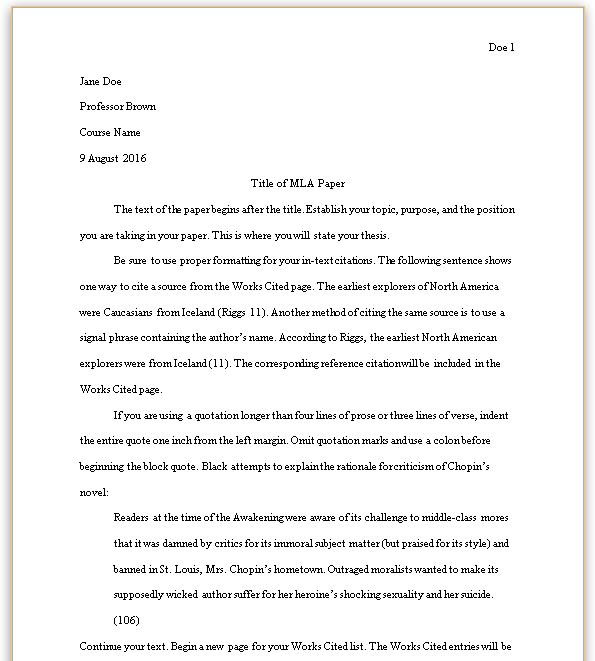CONTEXT: Marcuse argues that technology in advanced industrial societies tends to be used for social control, maintaining the values and goals of the political and economic elites and producing a totalitarian society. Recall this key passage from the Marcuse reading about the difference between “terroristic” and “non-terroristic” forms of totalitarian social control:
-
- “By virtue of the way it has organized its technological base, contemporary industrial society tends to be totalitarian. For ‘‘totalitarian’’ is not only a terroristic political coordination of society, but also a non-terroristic economic-technical coordination which operates through the manipulation of needs by vested interests. It thus precludes the emergence of an effective opposition against the whole. Not only a specific form of government or party rule makes for totalitarianism, but also a specific system of production and distribution which may well be compatible with a ‘‘pluralism’’ of parties, newspapers, ‘‘countervailing powers,’’ et cetera” (35). [it is highly recommended to reread the first three pages of the Marcuse readingDownload Marcuse reading]
- PROMPT: How might generative AI (e.g. ChatGPT or “deep fake” videos) be used for what Marcuse calls the “terroristic” and “non-terroristic” forms of totalitarian social control. (Be sure to explain one example for the “terroristic” variety and one example for the “non-terroristic” variety and be sure to explain why your examples are either the “terroristic” or “non-terroristic” forms of totalitarian social control).
- Provide clear and specific examples to support your reasoning. Demonstrate your understanding of the text through your application of Marcuse’s ideas to this generative AI example. The application to real-world issues is the critical thinking step.
- PROMPT: How might generative AI (e.g. ChatGPT or “deep fake” videos) be used for what Marcuse calls the “terroristic” and “non-terroristic” forms of totalitarian social control. (Be sure to explain one example for the “terroristic” variety and one example for the “non-terroristic” variety and be sure to explain why your examples are either the “terroristic” or “non-terroristic” forms of totalitarian social control).
- “By virtue of the way it has organized its technological base, contemporary industrial society tends to be totalitarian. For ‘‘totalitarian’’ is not only a terroristic political coordination of society, but also a non-terroristic economic-technical coordination which operates through the manipulation of needs by vested interests. It thus precludes the emergence of an effective opposition against the whole. Not only a specific form of government or party rule makes for totalitarianism, but also a specific system of production and distribution which may well be compatible with a ‘‘pluralism’’ of parties, newspapers, ‘‘countervailing powers,’’ et cetera” (35). [it is highly recommended to reread the first three pages of the Marcuse readingDownload Marcuse reading]
The Application of Marcuse’s Ideas to Generative AI and Totalitarian Social Control
Herbert Marcuse’s analysis of totalitarian social control identifies two forms: “terroristic” and “non-terroristic.” These categories elucidate how advanced industrial societies can manipulate and suppress opposition through both overt and subtle mechanisms. Generative AI technologies, such as ChatGPT or deep fake videos, offer modern tools that can be employed to further these forms of control. This essay explores examples of both “terroristic” and “non-terroristic” applications of generative AI, demonstrating how Marcuse’s ideas remain relevant in contemporary contexts.
Terroristic Social Control through Generative AI
Terroristic social control involves overt coercion and intimidation to enforce compliance and suppress dissent. Generative AI can serve as a tool for such control by creating fear and spreading disinformation to undermine political opposition or dissenting voices.
Example: The Use of Deep Fakes to Discredit Opponents
Imagine a scenario in which a government or powerful organization uses deep fake technology to create fabricated videos of political dissidents engaging in criminal or immoral activities. These videos are then widely disseminated through state-controlled media or social platforms to delegitimize and intimidate opposition figures. The targets of such campaigns may face public backlash, legal consequences, or even imprisonment, despite the falsity of the evidence against them.
This example aligns with Marcuse’s concept of “terroristic” control because it involves the deliberate use of coercive tactics to silence opposition through fear and manipulation. By leveraging generative AI to fabricate incriminating evidence, those in power can effectively eliminate threats to their authority while maintaining a facade of legitimacy.
Non-Terroristic Social Control through Generative AI
Non-terroristic social control operates through subtler means, such as the manipulation of needs and desires to align with the interests of political and economic elites. Generative AI can facilitate this form of control by shaping public opinion and consumer behavior in ways that preclude meaningful opposition.
Example: Personalized AI-Generated Propaganda
Consider the use of generative AI to produce tailored propaganda that aligns with an individual’s psychological profile, preferences, and biases. For instance, an AI system could analyze a user’s online behavior and generate persuasive content—articles, videos, or even chatbot interactions—designed to reinforce support for the status quo or discourage critical thinking. This content might promote consumerism, glorify political leaders, or present societal problems as insoluble, fostering a sense of resignation.
This scenario exemplifies Marcuse’s notion of “non-terroristic” control, as it subtly manipulates individuals’ perceptions and needs to align with the interests of the ruling class. By creating a reality in which dissent appears unnecessary or futile, generative AI can stifle opposition without the overt use of force or coercion.
Real-World Implications
Marcuse’s critique underscores the potential for technology to serve as an instrument of domination. Generative AI exemplifies this potential by offering powerful tools for both overt and covert forms of control. The terroristic use of AI, as seen in deep fake disinformation campaigns, directly intimidates and suppresses dissent. Meanwhile, the non-terroristic use of AI, as demonstrated in personalized propaganda, subtly shapes societal values and behaviors to preclude meaningful opposition.
By applying Marcuse’s framework to the modern context of generative AI, we gain a deeper understanding of how technology can perpetuate systems of power. This analysis highlights the need for vigilance and critical engagement with emerging technologies to prevent their misuse and ensure they serve the broader interests of humanity.


